BMW Isetta Revolt ISO vehicles (1953-1962)
BMW recipe for success in the postwar decade: four wheels and a roof. The Isetta became friendly through stars such as Elvis Presley and saved the brand !
ISO – Isetta
by the Italian firm ISO Rivolta
Production
ISO Italie : 1 000 around 1953 at 1956
ISO Romi Brazil : 3 000 around 1955 at 1959
Velam France : 7 115 from 1955 at 1957
BMW UK Britain : 30 000 from 1957 at 1962
BMW Germany : 136 567 from 1954 at 1962
Iso Isetta Turismo (1953 -1954-1955)
with a two-stroke gasoline engine with two time 0,25 litre (7 kW / 10 ch)
BMW Isetta 250
with single cylinder four stroke 0,25 litre (9 kW / 12 ch)
BMW Isetta 300
with a petrol engine single cylinder four stroke 0,3 litre (10 kW / 13 ch)
BMW 600
with a gasoline four-cylinder engine 0,6 litre (14 kW / 19,5 ch).
The anglais Renzo Rivolta, patron of Iso SpA Coolers de Milan, made in 1950 refrigerators. The sales decline in refrigerators (Isothermos) Renzo Rivolta leads to turn to scooters. However, competition from Vespa and Lambretta forces him to change his plans. He then gives carte blanche Gobini to design a totally original vehicle, capable of transporting two adults and one child, and some luggage, safely. in parallel, engineers Ermenegildo Preti patented in 1950, an ovoid shape of prototype vehicle with a front door and three wheels.
Thus in 1952, Ermenegildo Preti and Pierluigi Raggi engineers are mandated by Rivolta, instead of Gobini, and imagine a small vehicle powered by a motorcycle engine, modern forms and practices, which took over the prototype features, but this time with four wheels for stability. Preti said to have been inspired by a cargo plane to draw the front. The name given to it is Isetta, that is to say small ISO. The car made a splash at the show in Turin 1953. With solutions adopted, the car is offered at a competitive price. It creates a lot of interest as a city car.
The journalists of the time, during their trials the Isetta, were pleasantly surprised by the space feel of the cart. A press release indicates that even the large windows Plexiglas allow a clear view in all directions. There are handles to open the roof and uncover the sun. Two adults and one child can sit comfortably on the bench. However, to avoid movements in the cabin, the shift lever is located on the left and other manual controls are conveniently grouped on the steering column.
After a very difficult start in Italy, where its production is confidential due to competition from Fiat 500, this original buggy sees its manufacturing license was sold in 1955 several manufacturers, including BMW in Germany, while its production stops this year in Italy. Moreover, it is this model that ensures the survival of the German mark to the edge of bankruptcy in the mid 1950. When three Isetta won the first three places in the index performance Mille Miglia, in 1954, BMW observers are impressed and speak to the firm, looking at the time a second wind. The war destroyed not only the bulk of the production units, but also left its Soviet-controlled Eastern factories. The small BMW Isetta sells well at the beginning, due to its low fuel consumption, whose prices have risen sharply in the years 1950, and in particular 1956, during the Suez Canal crisis. Velam, in France, and ISO Romi, in Brazil, are also interested in golf cart.
1955 – 1962 BMW Isetta 250
L’Isetta is one of Microcitadines
Most popular produced after WWII, at a time when short trips are privileged. Many people can not afford large cars and are turning to scooters or motorcycles. Although the original design is Italian, other series were produced in Spain, Belgium, France, Brazil, Germany and the UK. Due to its oval shape, this micro-city is known in Anglo-Saxon countries as the Bubble car , name used later for other vehicles.
In Germany, In France, it is colloquially nicknamed yoghurt pot , because of the white color and generally used for its resemblance to yoghurt pots in the era of glass. The Isetta became a figurehead for years 1950, including forms, but also because of some personalities who have purchased, like Elvis Presley or Cary Grant.
BMW Isetta 300
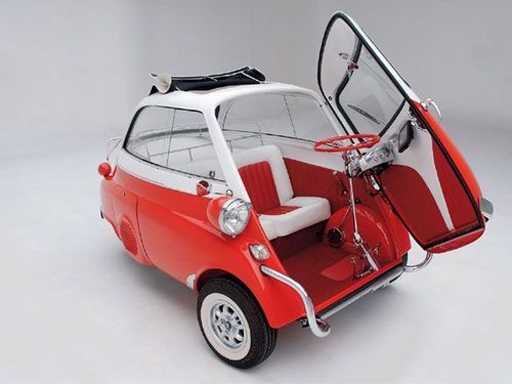 |
 |
3D
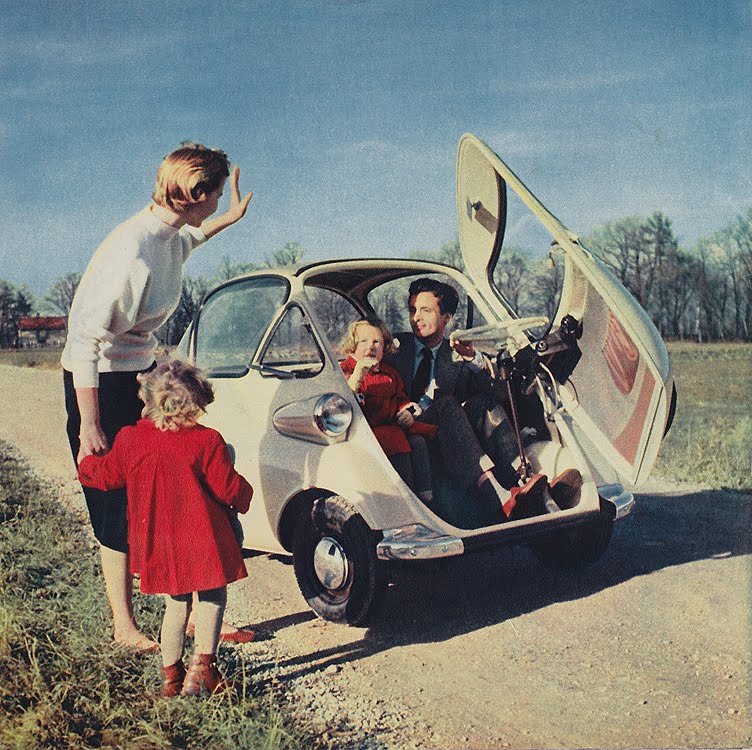 |
 |
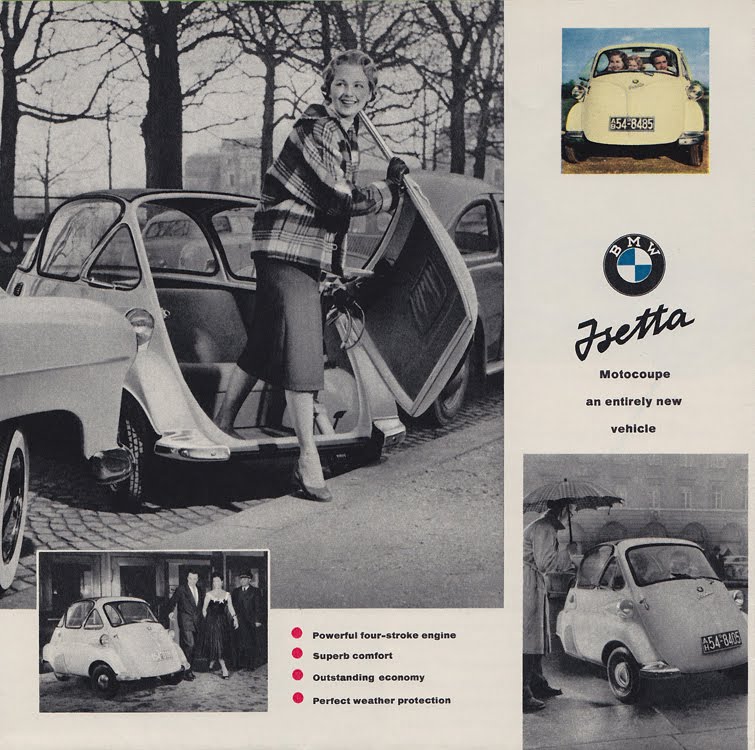 |
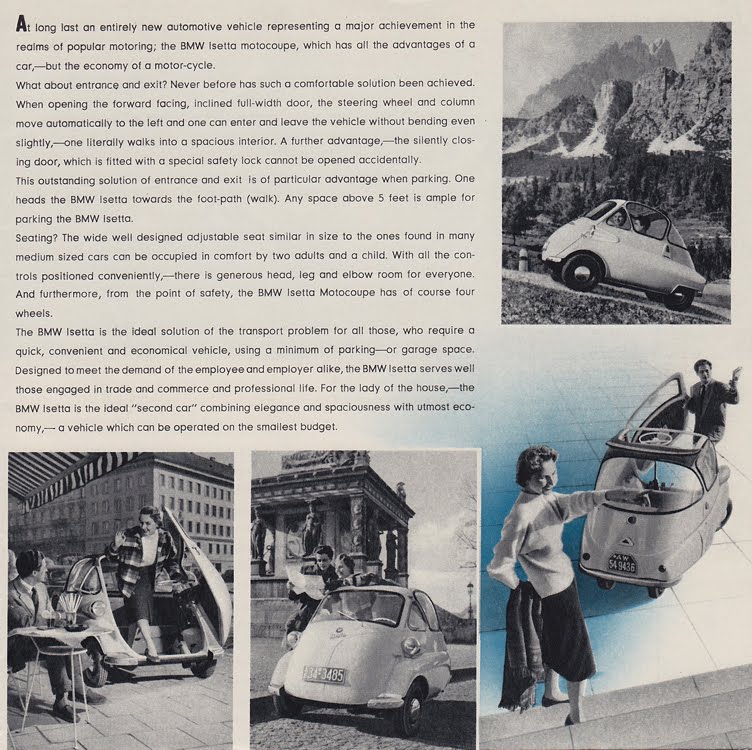 |
Isetta – Documentation Technique :
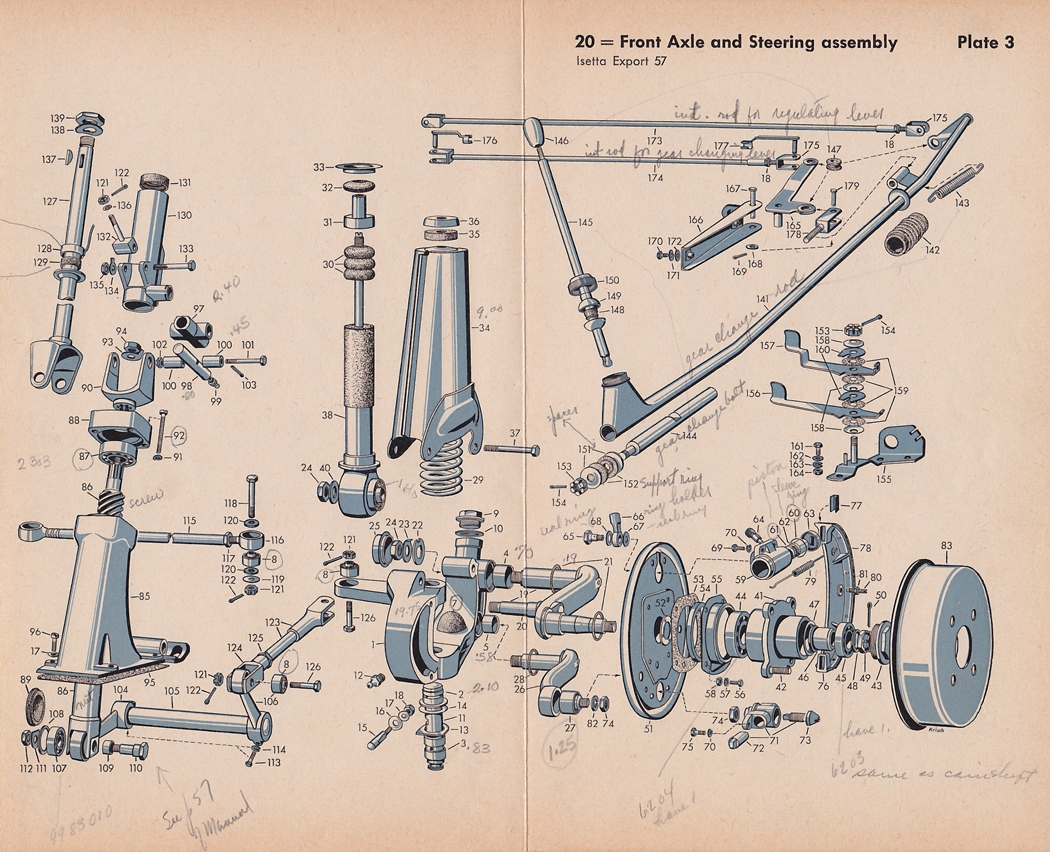 |
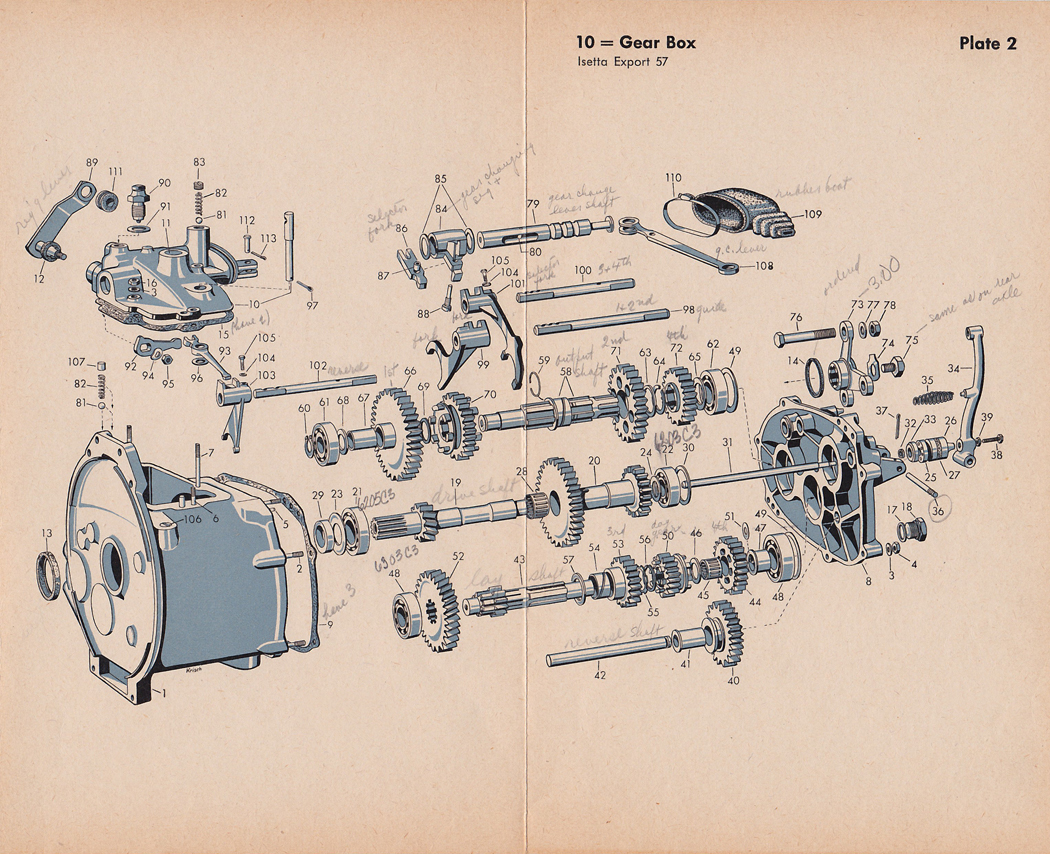 |
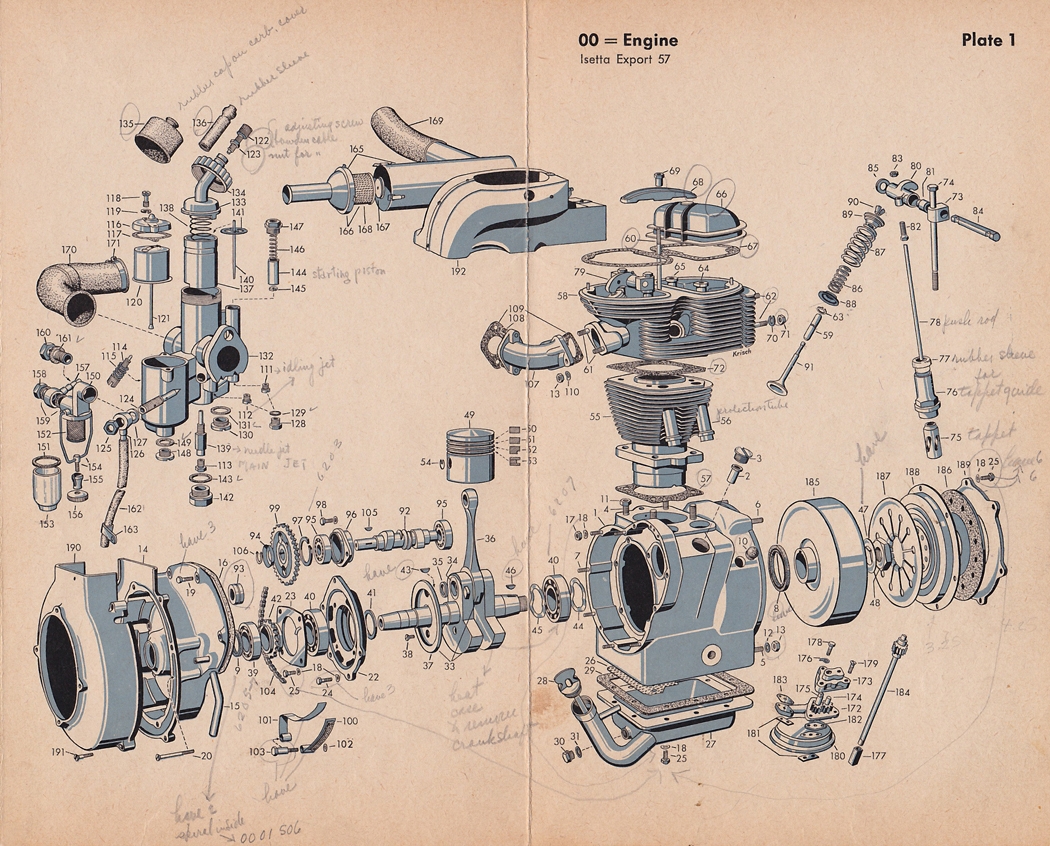 |
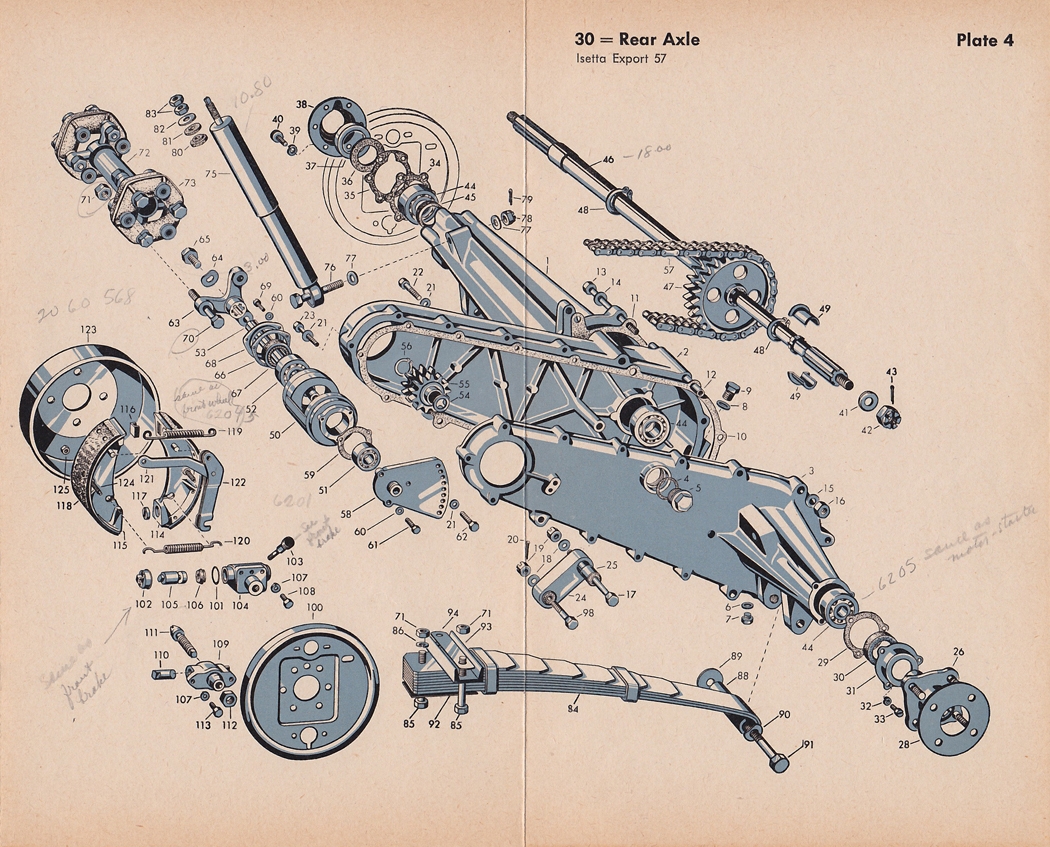 |
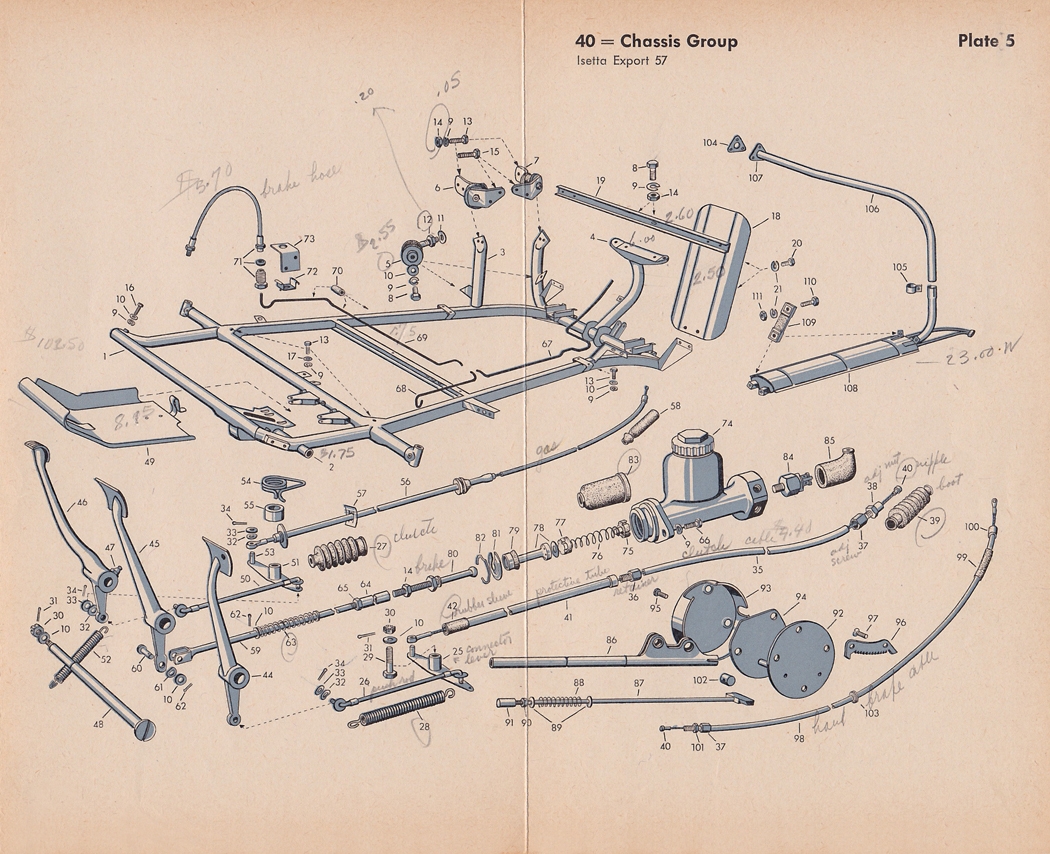 |
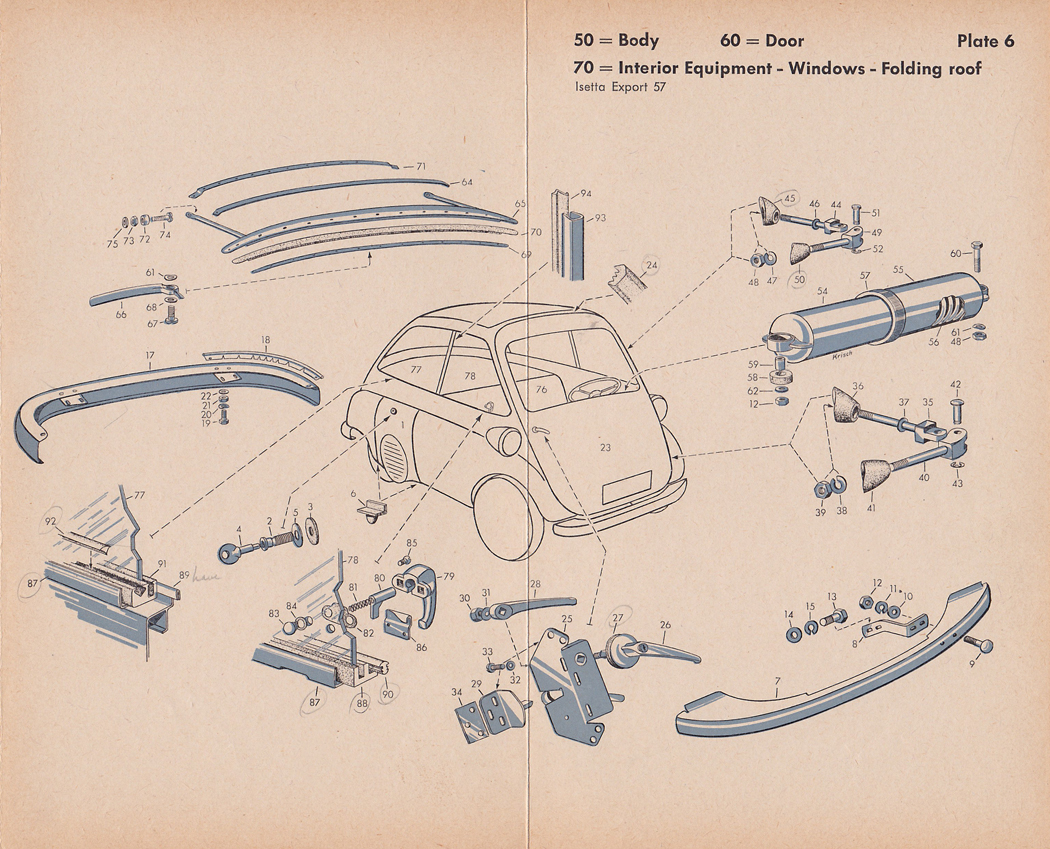 |
..Some Photos of the reassembly of an Isetta
BONUS
BMW Isetta Whatta Drag (1959) with 730 Hp Chevrolet V8 engine
The “Whatta Drag” BMW Isetta
A BMW Isetta of 1959 heavily modified will be auctioned by RM Auctions.
The unique Isetta is powered by a Chevrolet engine supercharged V8 producing around 730 ch (544 kW) transferred to the wheels through a two-speed manual transmission. It has dual-circuit disc brakes with AP Balance Bar, while the suspension is taken from an M3. The front wheels are wrapped in tires BF Goodrich G-Force, whereas rearward movement of the wheel custom 18×13 inches has a tire Sumitomo HTRZ II. Although developed to be fully functional, the vehicle is strictly for show and should not be used on the road or the track because the "massive amount of torque produced by the engine Chevrolet 502 can be dangerous if improperly conducted. La Isetta Whatta Drag the 1959 expected to fetch between 75 000 and 100 000 USD.
HEINKEL – cabin 150 (1956)
Production started in March 1956 with Model Kabine 150, using the single cylinder four-stroke 174 cm3 9,2 horses that powered the Heinkel Tourist scooter. In October 1956, Heinkel presented the model 153 the Cabin (with three wheels) and model 154 the Cabin (with four wheels), both with engines 204 cc. The engines of these models were then reduced to 198 DC for insurance purposes.
The Kabin was a steel unit body . Access to the interior was done by a front opening. In order not to infringe the patent of Iso Rivolta used on the Isetta , the wheel has not been articulated to the outside with the door to facilitate passenger access. However, it included a reverse, Unlike other bubble cars . The fabric sliding roof serves as emergency escape hatch if the single door at the front gets caught in a collision.
The Heinkel Kabine Microcar was designed by Heinkel Flugzeugwerke and built by them 1956 at 1958. Production was transferred under license in Dundalk Engineering Company in Ireland 1958. However, the license was withdrawn shortly after due to poor quality control. Production restarted in 1960, still licensed, under the name Trojan 200 par Trojan Cars Ltd. UK, and continued until 1966. Heinkel Kabines was also assembled under license by Los Cedros SA 1959 at 1962. As Heinkel Argentina, they were built alongside the Studebaker pickup.
(1956) Heinkel Kabine 150
 Heinkel Trojan 200 – 3 Bubble Car wheels 1963.
Heinkel Trojan 200 – 3 Bubble Car wheels 1963.
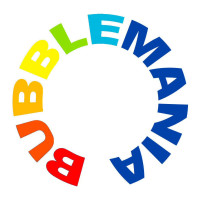







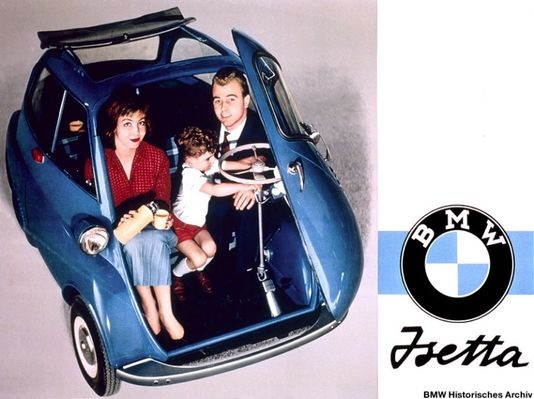



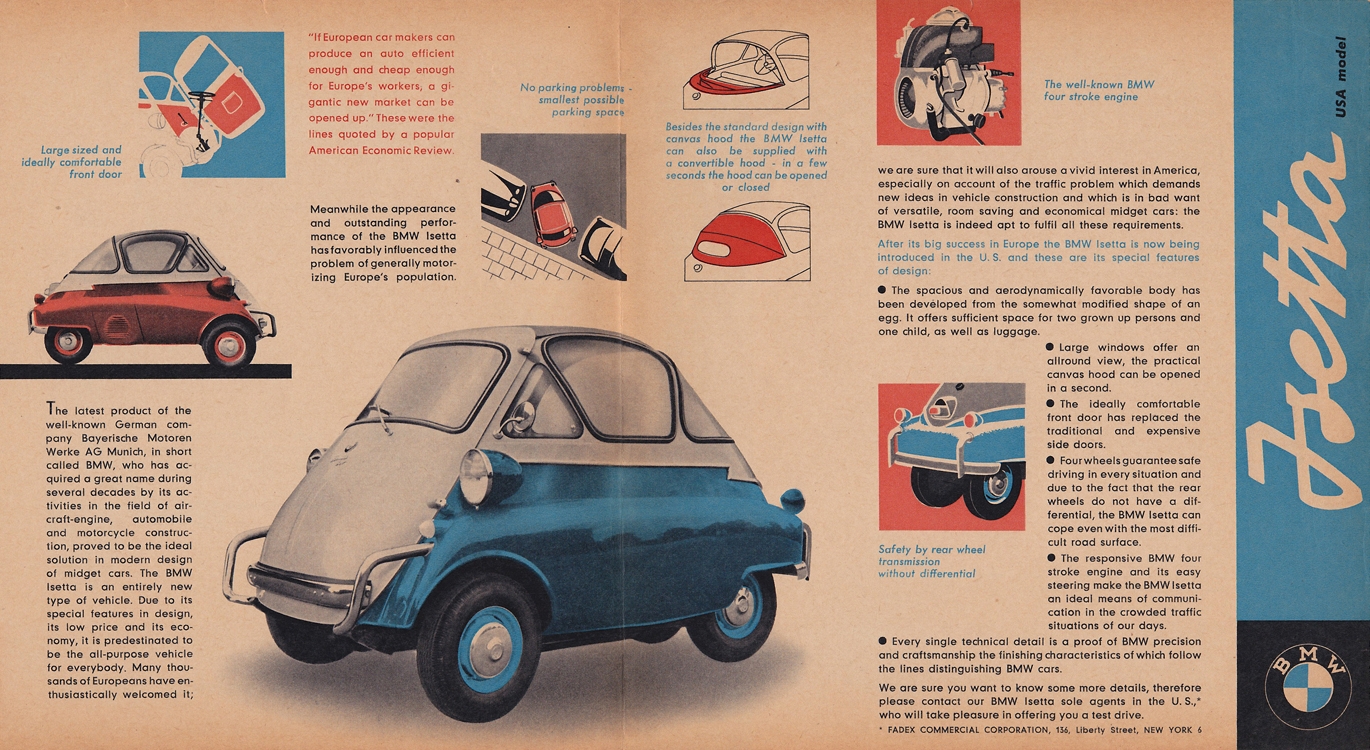
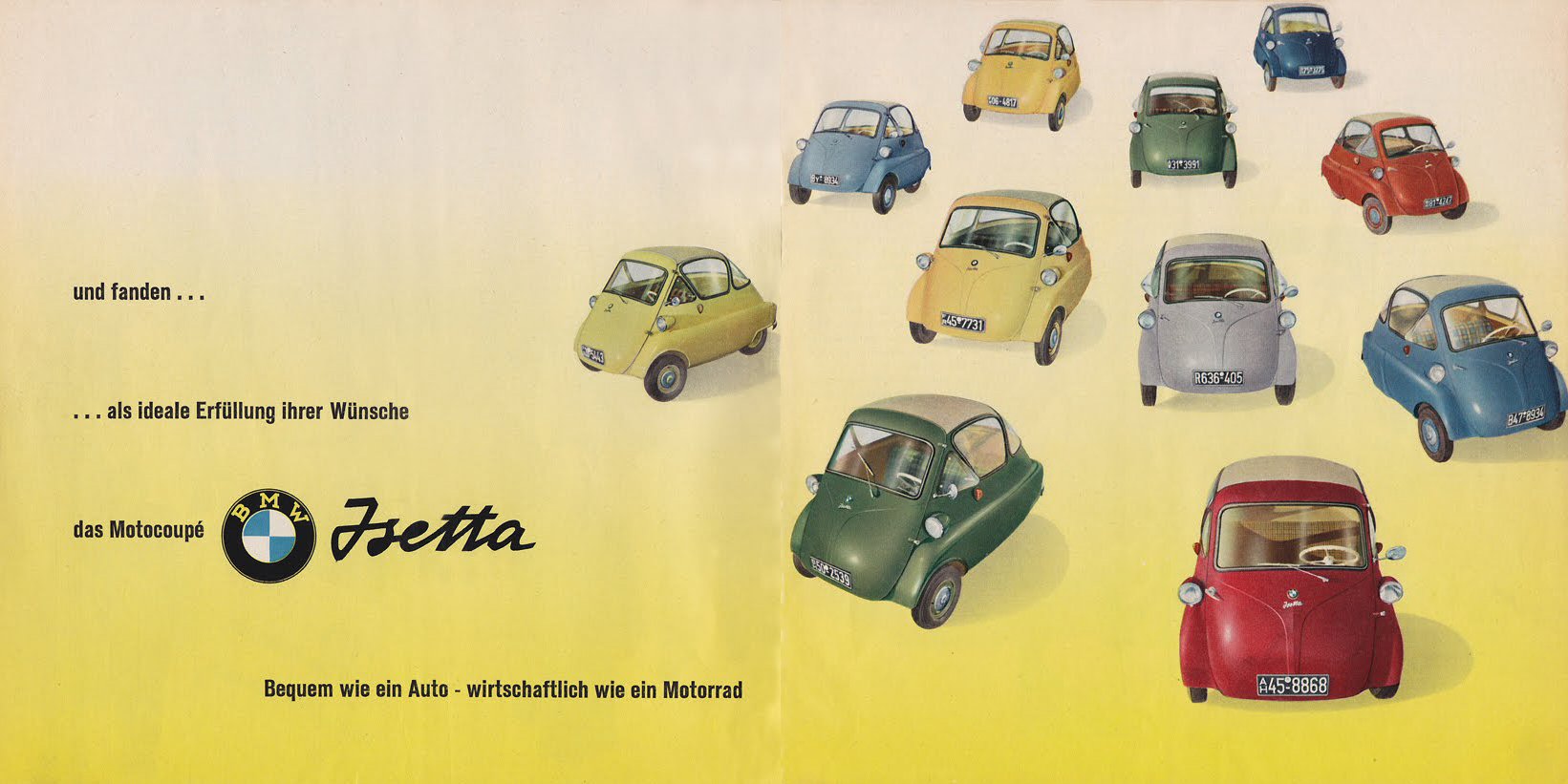




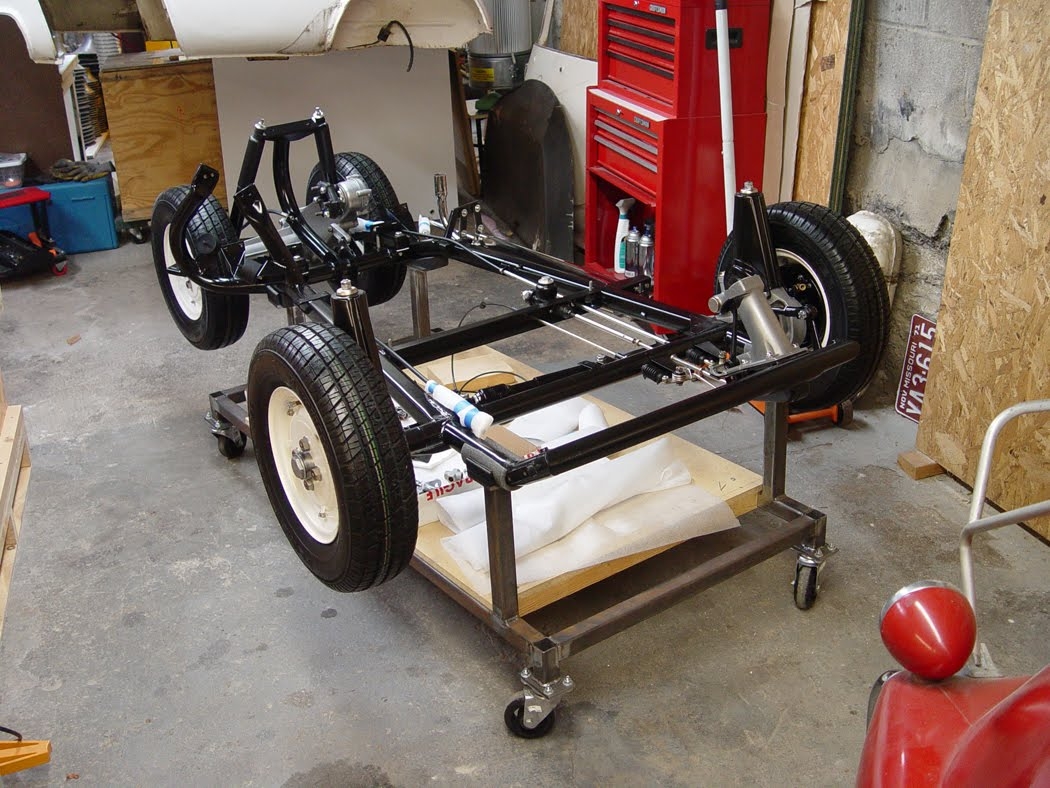


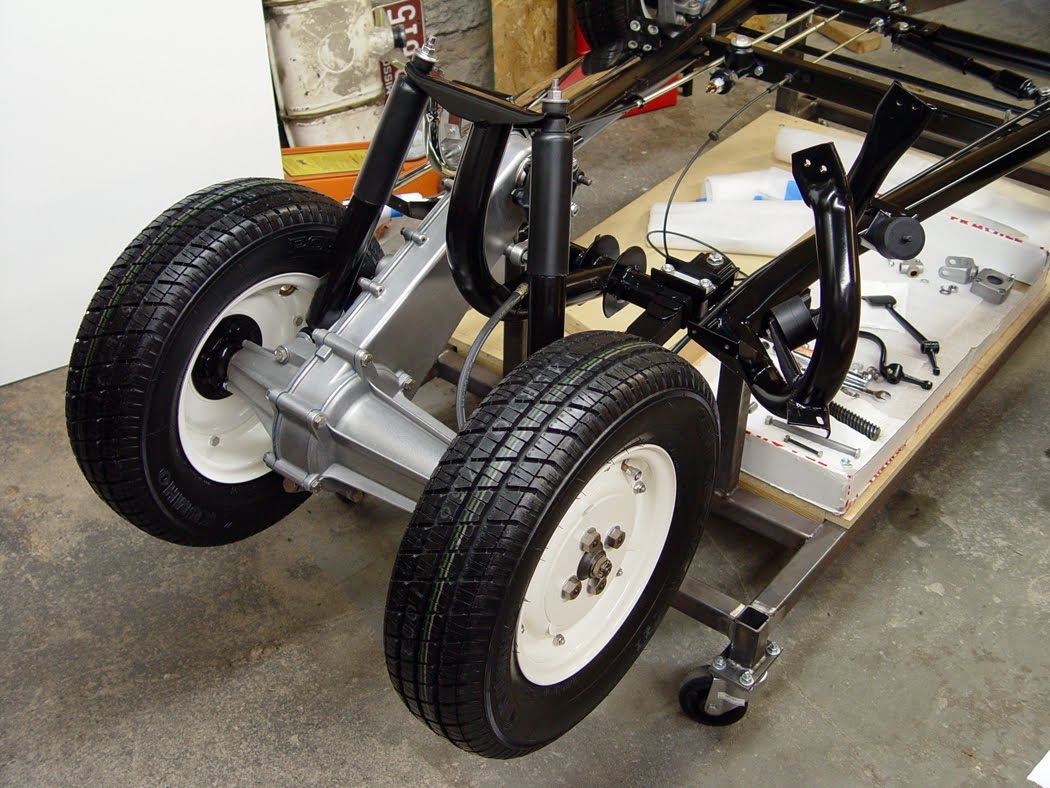

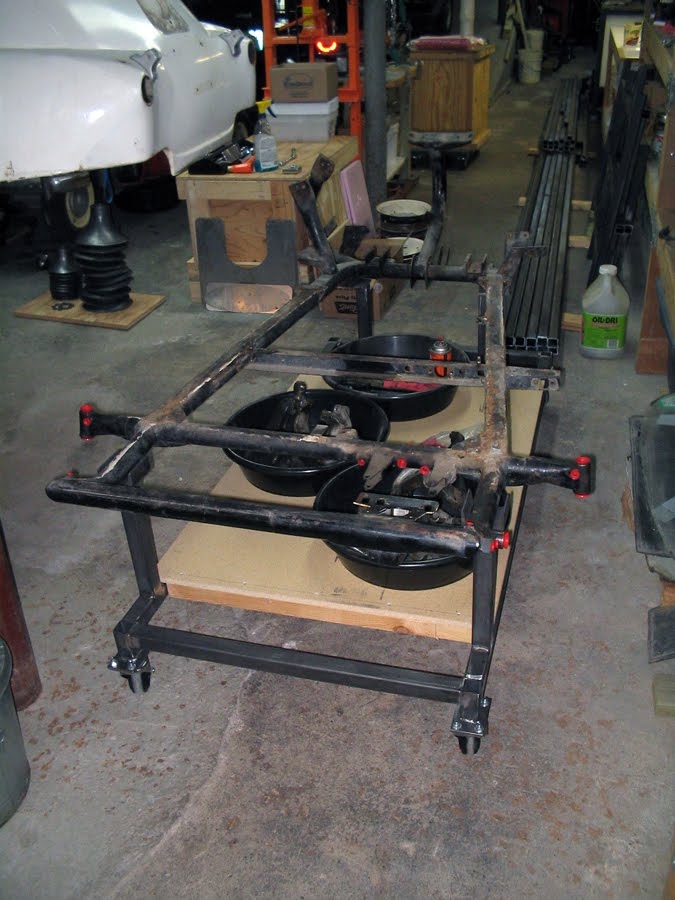

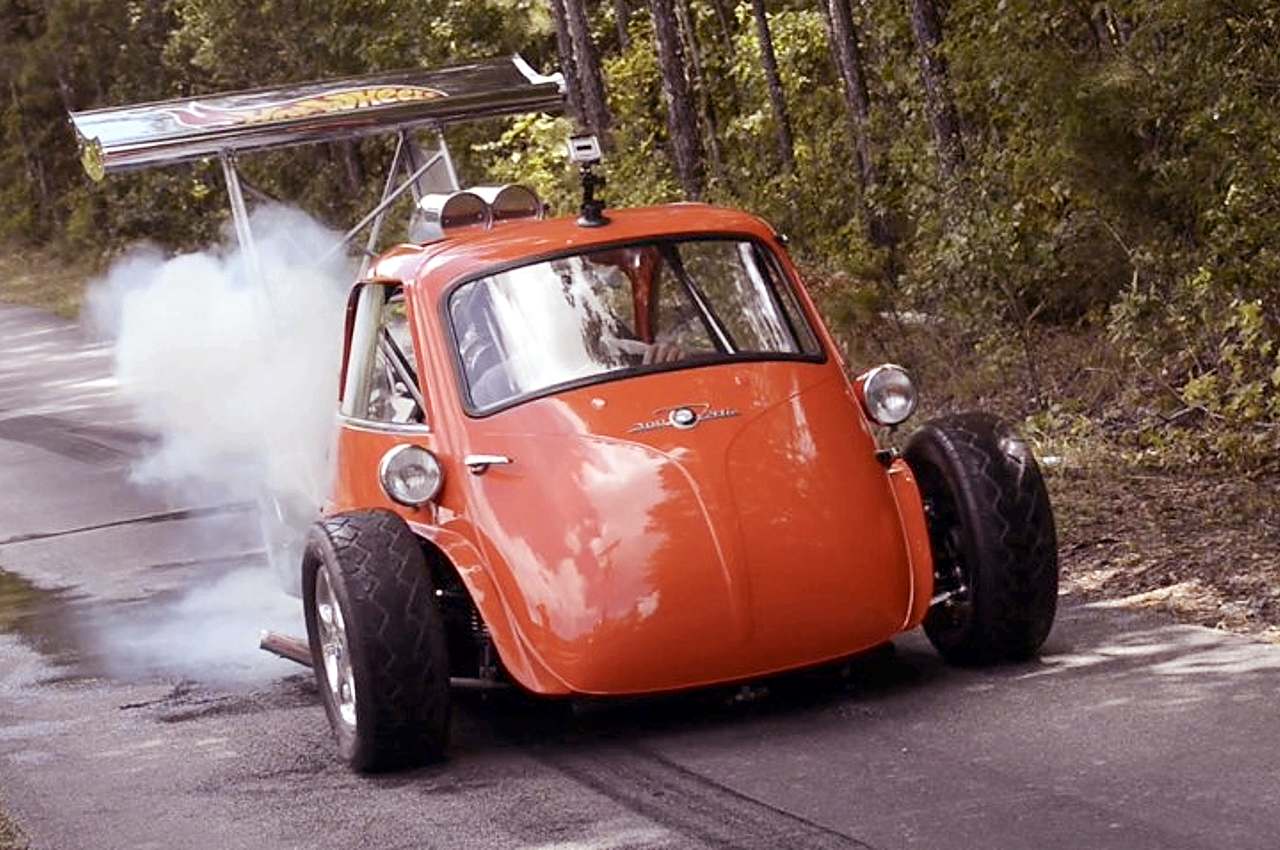



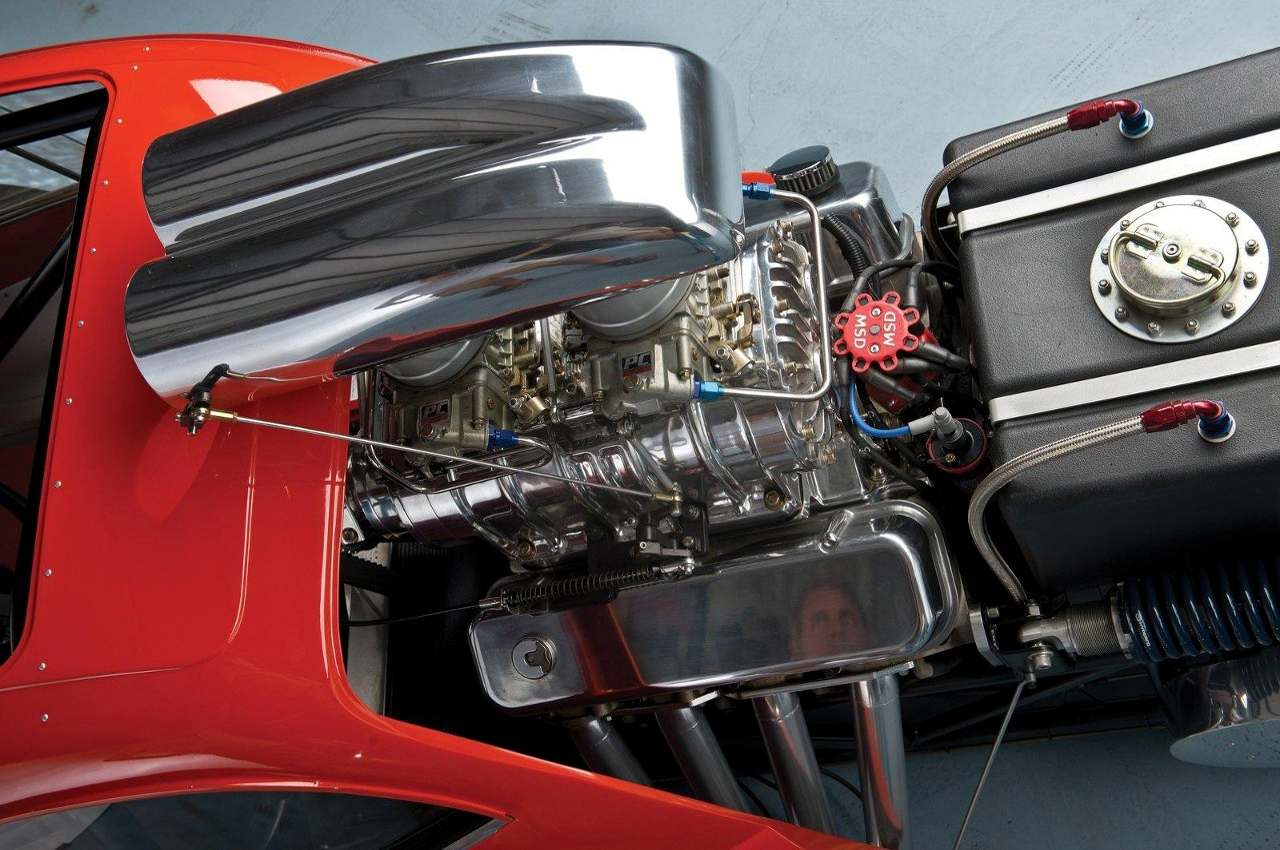


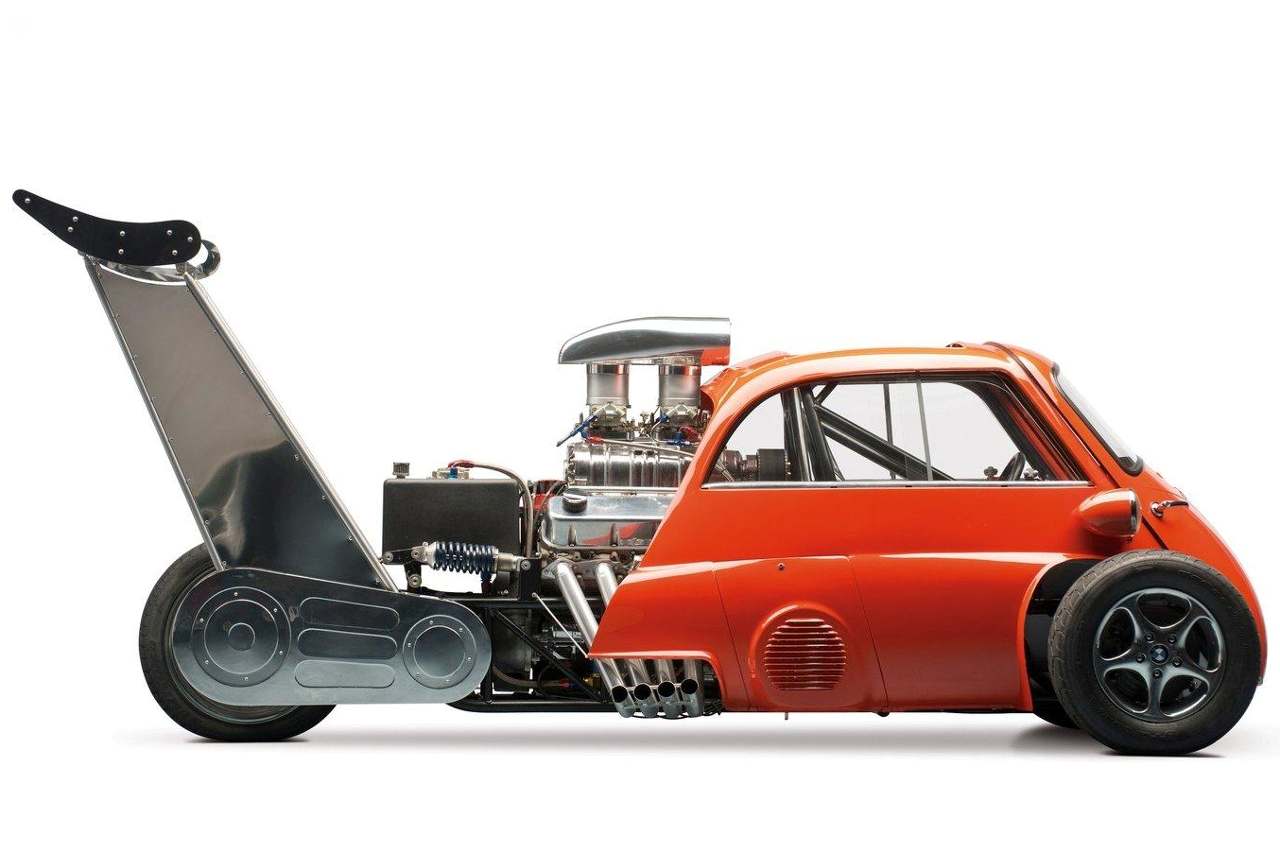

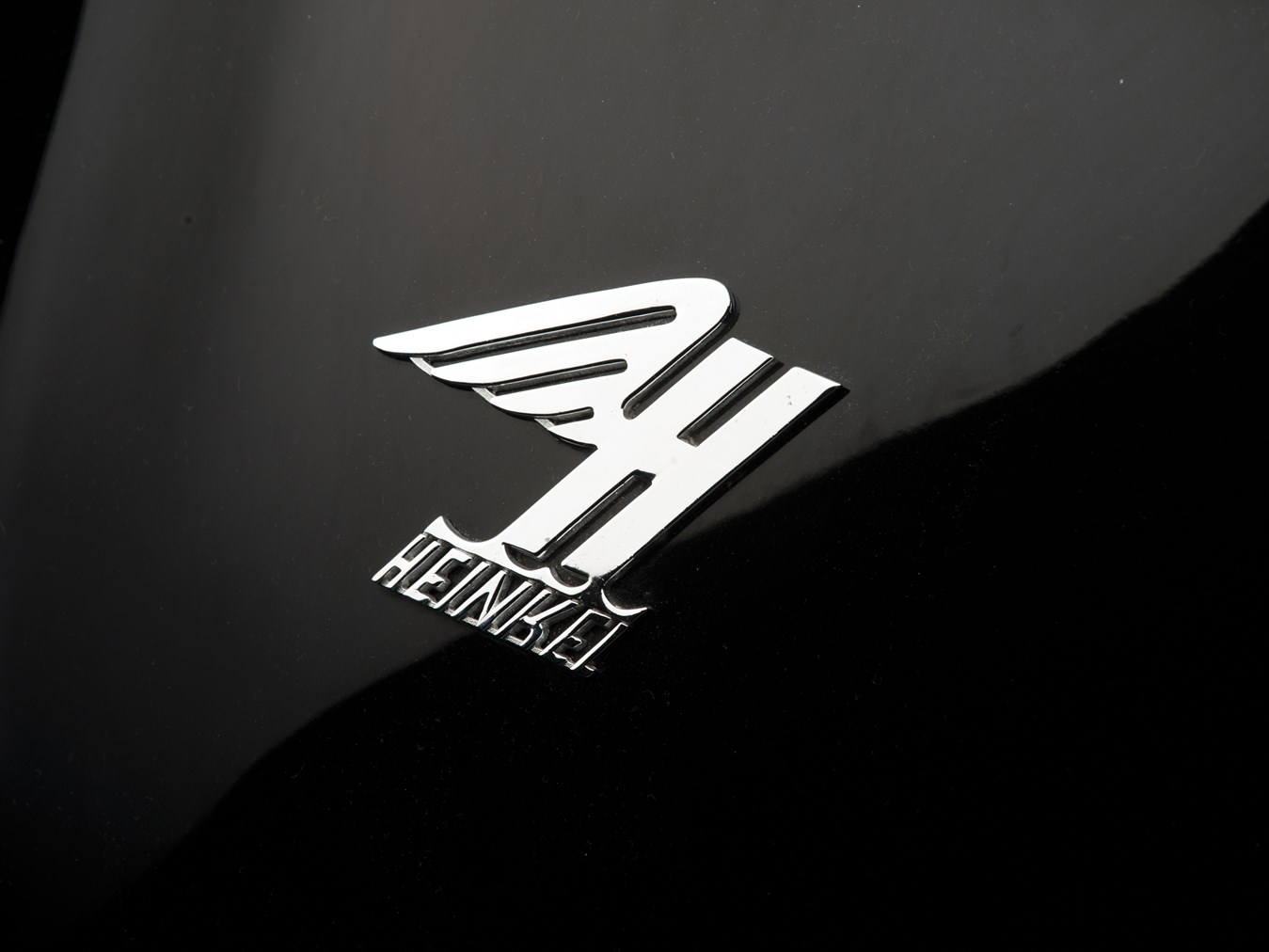







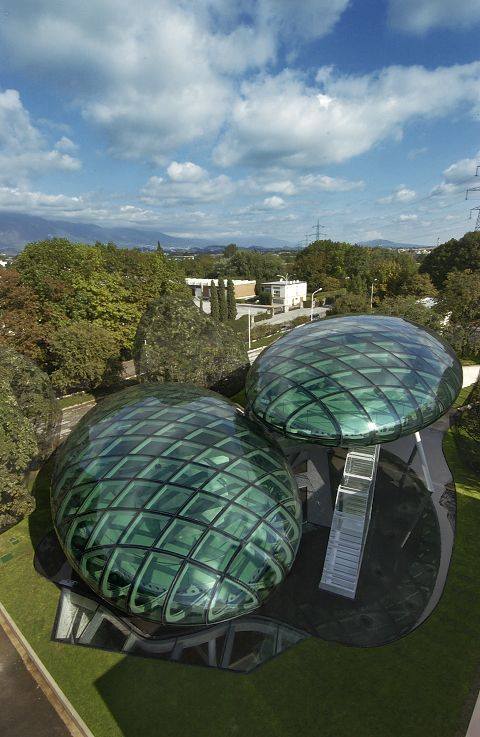
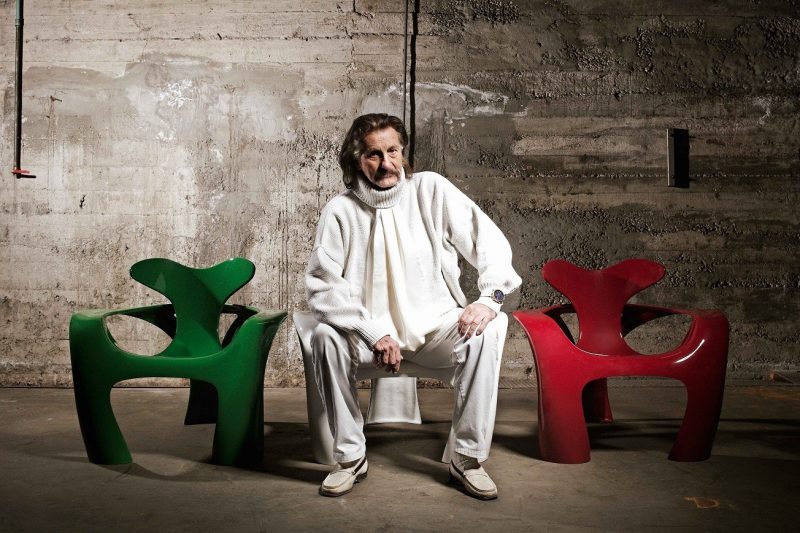
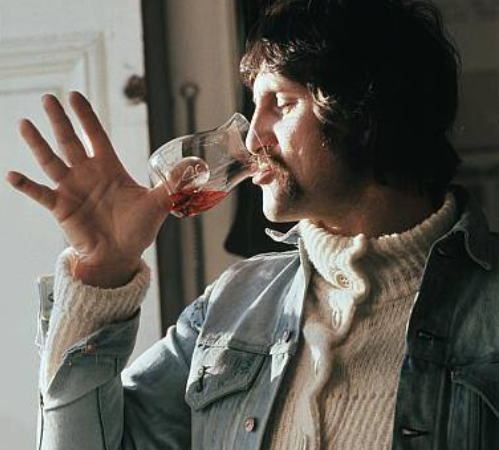
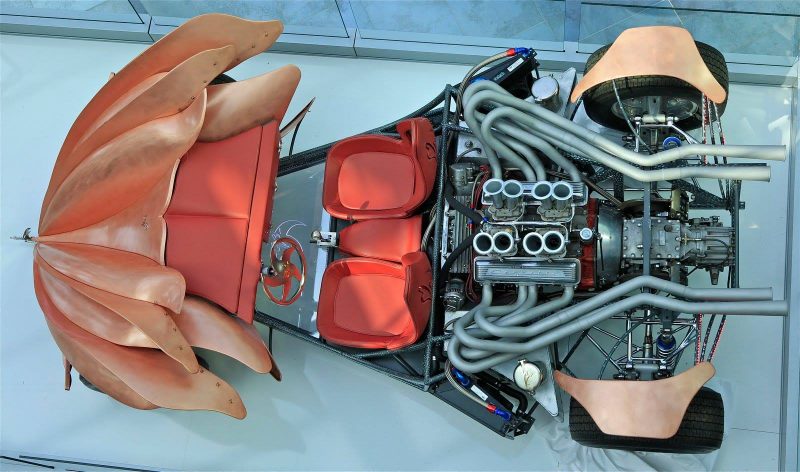
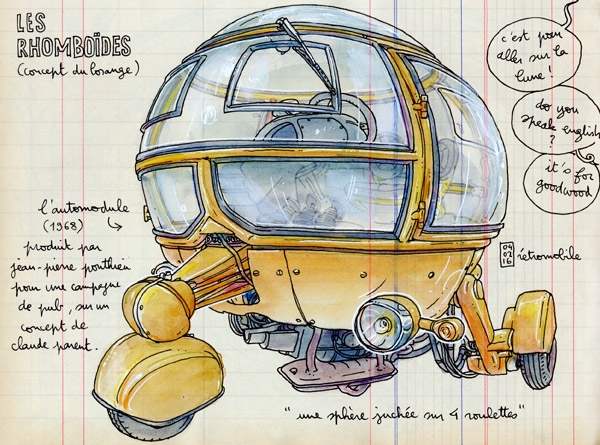
One thought on “BMW Isetta Revolt ISO vehicles (1953-1962)”